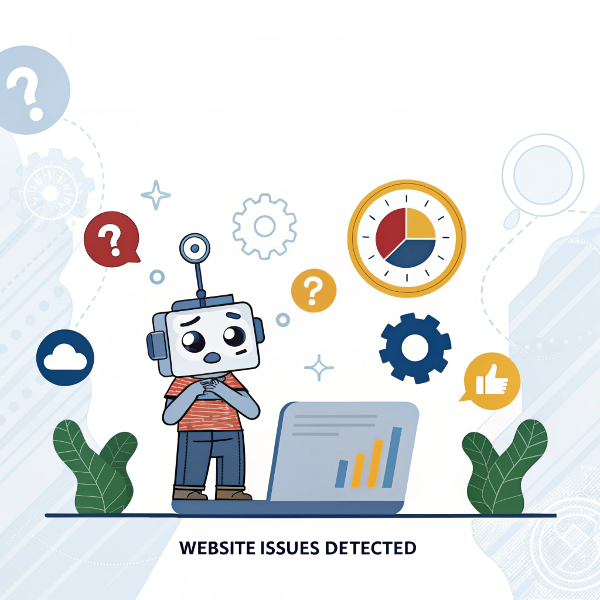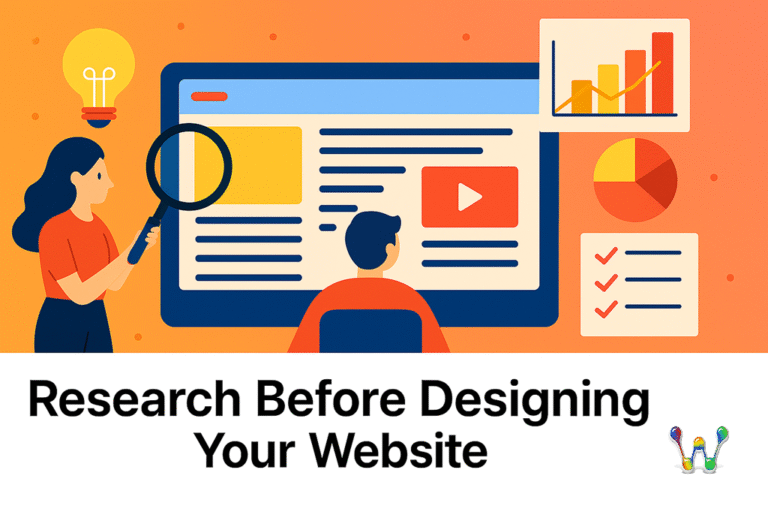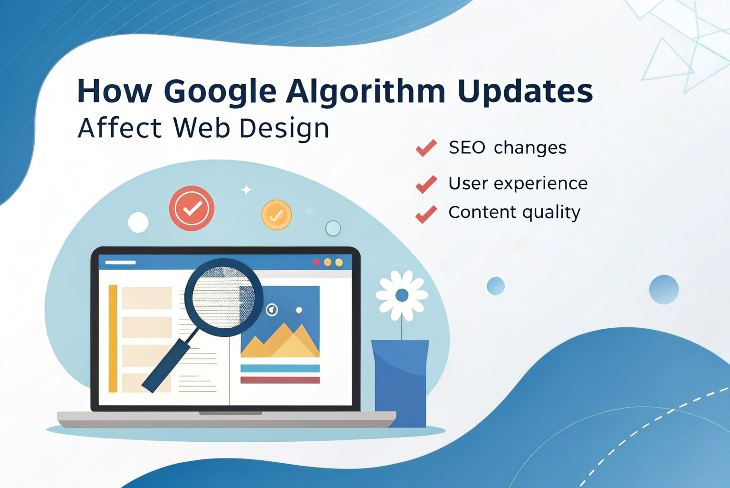Our web development services bring your digital vision to life with clean code, modern frameworks, and a focus on performance. From backend architecture to front-end responsiveness, we ensure your site is technically sound, user-friendly, and ready for growth.
Landing Page
£250.00 Original price was: £250.00.£165.00Current price is: £165.00.
- Responsive design
- Conversion capture
- Versatile for any campaign
- 2 design revisions
- Full integration or upload
- Content creation
- Schema (structured data)
- Calls-to-action (CTAs)
Web Basic
£950.00 Original price was: £950.00.£650.00Current price is: £650.00.
- HTML website creation
- Up to 10 pages
- 2 layout templates created
- Fully hosted
- Wireframing and prototyping
- 3 design revisions
- Brand identity integration
- Custom photo inclusion
- Accessibility design
- Content layout
- SEO-friendly
- Responsive design
- Competitor design analysis
Web Essential
£1,850.00 Original price was: £1,850.00.£1,475.00Current price is: £1,475.00.
- Dynamic website creation
- Content Management System
- Up to 25 pages
- Up to 5 layout templates created
- Blog inclusion
- Fully hosted
- Wireframing and prototyping
- 5 design revisions
- Brand identity integration
- Custom visual and graphic creation
- Accessibility design
- Content layout
- SEO-friendly
- Responsive design
- 3 competitors design analysis
Web Advanced
£4,500.00 Original price was: £4,500.00.£3,375.00Current price is: £3,375.00.
- Dynamic website creation
- E-commerce ready
- Content Management System
- Unlimited number of pages created
- Up to 10 layout templates created
- Blog inclusion
- Custom functionality
- Fully hosted
- Wireframing and prototyping
- Unlimited design revisions
- Brand identity integration
- Custom visual and graphic creation
- Custom video creation
- Accessibility design
- Content layout
- SEO-friendly
- Responsive design
- 5 competitors design analysis
Website Support
£110.00 Original price was: £110.00.£75.00Current price is: £75.00.
- Let us manage your website
- Hosting migration (optional)
- All the latest updates
- All the latest plugins
- Security updates
- SSL certificate monitoring
- Down time monitoring
- Monthly backups
- 24/7 to support
Web development is the process of building and maintaining websites and web applications that are accessible via the Internet or an intranet. It involves a range of tasks, including:
- Front-end development: Creating the visual elements of a website that users interact with using languages like HTML, CSS, and JavaScript.
- Back-end development: Building the server-side logic, databases, and application integration that power the website, using languages such as PHP, Python, Ruby, or Java.
- Full-stack development: Combining both front-end and back-end development to create a complete web solution.
- Additional aspects: This can also include web design, performance optimisation, security implementation, and ongoing maintenance to ensure the site remains functional and user-friendly.
The benefits of web development
Global reach
Your website is accessible 24/7, attracting customers worldwide and boosting brand visibility.
User engagement
Responsive, user-friendly design keeps visitors engaged, enhancing navigation and conversion rates.
Cost-effective growth
A professional website serves as an affordable marketing tool that scales with your business and integrates with your digital strategies.
Check out our other web solutions

The process
As a professional web development company our streamlined web development process transforms your vision into a fully functional, high-performing website, from initial planning to ongoing support.
- Planning & research: Define goals, audience, and key requirements.
- Design: Create wireframes and visual layouts for a seamless user experience.
- Development: Code front-end and back-end functionalities.
- Testing: Verify functionality, responsiveness, and performance.
- Deployment: Launch the website for public access.
- Maintenance: Provide ongoing updates and support.
Best practices for website development
Adopting the best practices in website development is crucial for building a secure, efficient, and engaging online experience that drives both user satisfaction and business success.
Responsive, mobile-first design
Ensure your site is optimised for all devices, providing a seamless experience whether it is on a desktop, tablet, or smartphone.
Optimised performance
Focus on fast load times and efficient resource management to enhance user experience and improve search engine rankings.
Robust security and maintenance
Implement strong security protocols and commit to regular updates to protect user data and maintain the website's reliability.
Web development mistakes to avoid
Navigating the web development process successfully means steering clear of common mistakes that can compromise your site’s performance, security, and user experience.
- Inadequate planning: Failing to define clear goals and requirements before development begins.
- Neglecting mobile optimisation: Overlooking responsive design can alienate mobile users.
- Poor user experience (UX): Cluttered designs and confusing navigation can deter visitors.
- Ignoring performance optimisation: Slow load times and inefficient coding hurt both user retention and SEO.
- Weak security measures: Skipping robust security protocols increases vulnerability to cyber threats.
- Insufficient testing and maintenance: Not thoroughly testing or planning for updates can lead to functional issues and outdated content.
How algorithm updates effect web development
Google’s algorithm updates can significantly impact website development by influencing how sites are built, optimised, and maintained. Here’s how:
- Mobile-first indexing: Websites must be fully responsive and mobile-friendly to rank well.
- Page experience and core web vitals: Speed, interactivity, and visual stability affect rankings, requiring developers to optimise performance.
- SEO best practices: Updates prioritise high-quality content, clean code, and proper metadata implementation.
- Security standards: Google favours secure (HTTPS) websites and penalises those with vulnerabilities.
- User experience (UX): Intuitive navigation, quick load times, and accessibility improvements become essential for better rankings.
Staying up to date with Google’s changes ensures that websites remain competitive, user-friendly, and visible in search results.
FAQ's
Your web development questions answered
What are the 3 types of web development?
The three main types of web development are:
- Front-end development: Focuses on the visual and interactive elements of a website that users see and engage with.
- Back-end development: Handles server-side logic, databases, and application functionality.
- Full-stack development: Combines both front-end and back-end development for a complete web solution.
What platform do you use for website development?
We tailor our approach based on web development project needs, using:
- You can use WordPress for flexible, content-driven websites.
- Shopify for seamless eCommerce solutions.
- Custom coding (HTML, CSS, JavaScript, PHP, etc.) for fully bespoke, high-performance websites.
Do you incorporate SEO best practices Into website development?
Yes! We build websites with SEO in mind, ensuring clean code, fast loading speeds, mobile optimisation, and proper metadata implementation to enhance search engine rankings.
Do you provide post launch support?
Absolutely! We offer ongoing support, updates, and maintenance to keep your website running smoothly and securely after launch.








